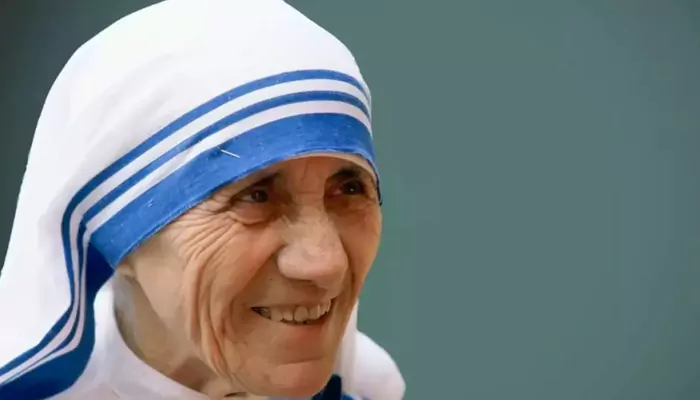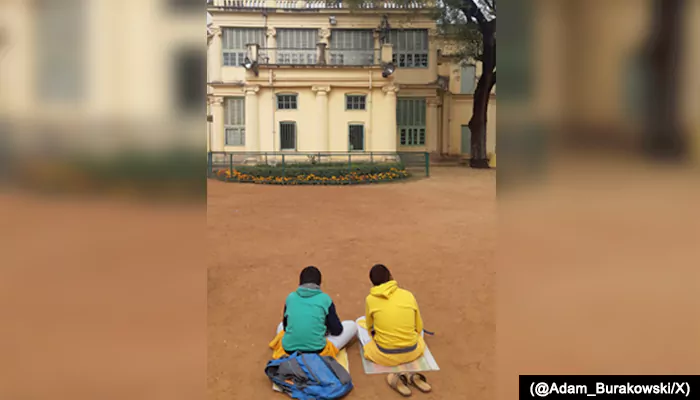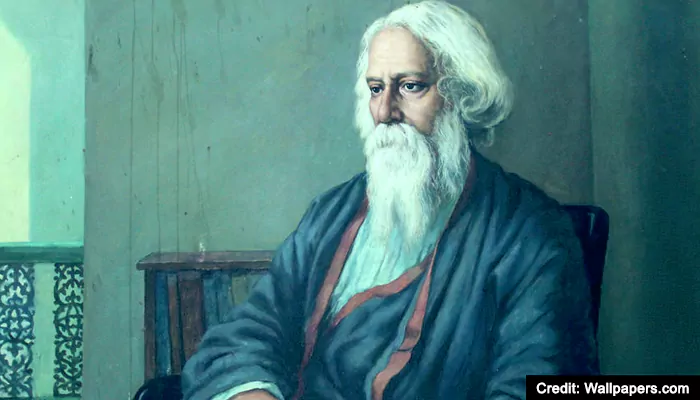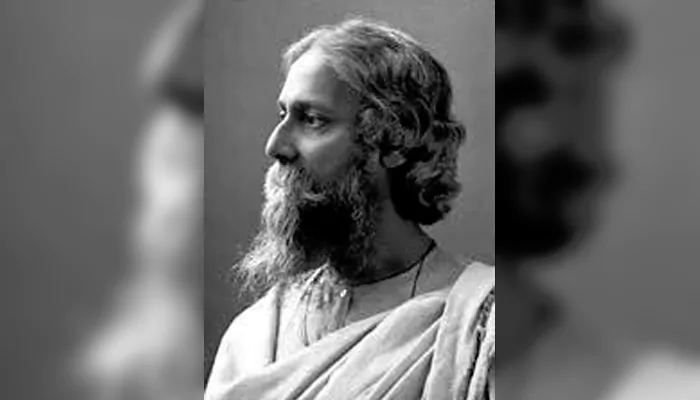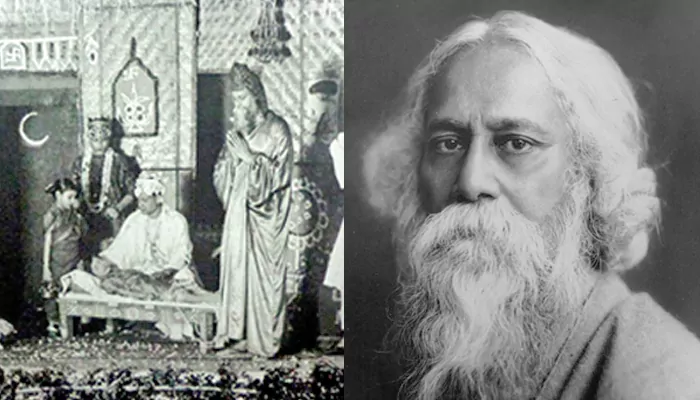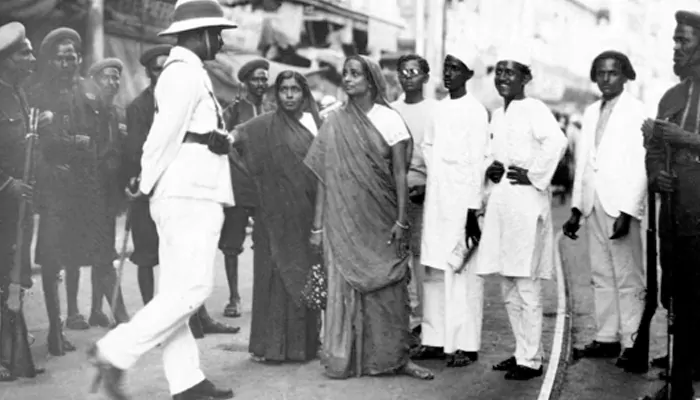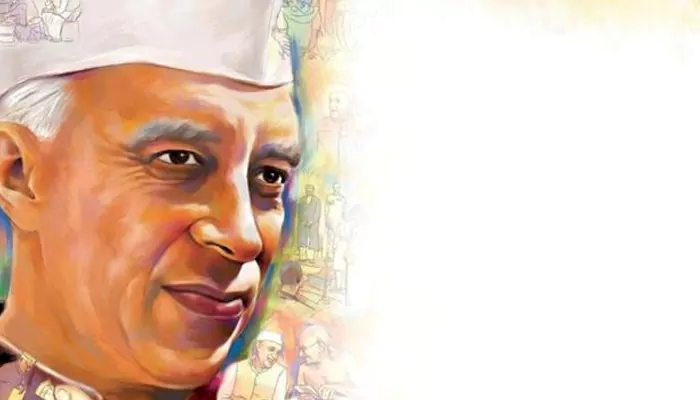Remembering Bhagat Singh on His Birth Anniversary: Little-Known Stories from the Revolutionary’s Remarkable Life
- Sayan Guha
- 1 month ago
- 4 minutes read
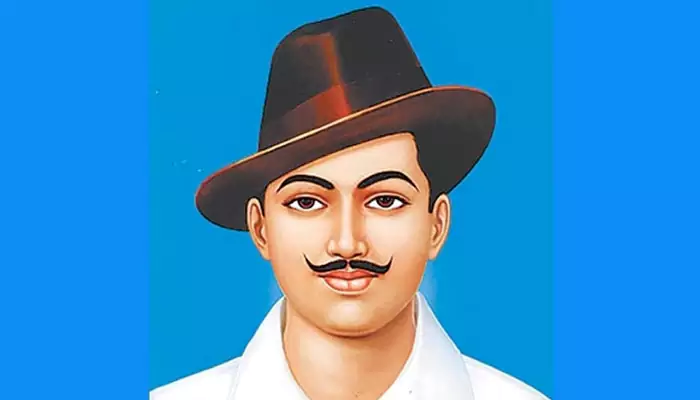
On his 125th birth anniversary, a closer look at the man beyond the martyrdom
It is easy to imagine Bhagat Singh as a young man in a black coat and turban, standing tall against the might of the British Empire, a pistol in one hand and unwavering resolve in his eyes. But behind that iconic image lay a life full of complexities, contradictions, and convictions — one that was cut short at just 23, yet continues to resonate across generations.
On his 125th birth anniversary, it is worth revisiting the lesser-told stories that made Bhagat Singh not only a martyr but also a thinker, a reader, a poet, and a man ahead of his time.
A schoolboy shaped by tragedy
Born on September 28, 1907, in Banga, Punjab, Bhagat Singh’s childhood was far from ordinary. The Jallianwala Bagh massacre of 1919, which shook the conscience of the nation, left a lasting mark on the young boy.
He abandoned traditional schooling soon after, but his pursuit of knowledge did not end there. Instead of classrooms, he found his teachers in books, newspapers, and revolutionary tracts.
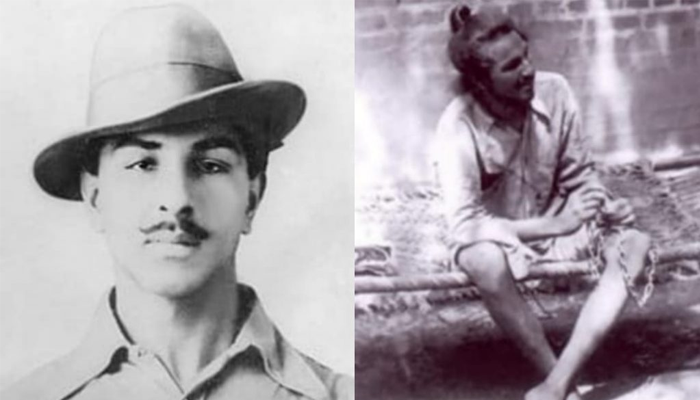
Credit: sabrangindia
The voracious reader
Few realise that Bhagat Singh was an insatiable reader who consumed literature across languages — Punjabi, Urdu, English, and Hindi.
His bookshelf included works by Karl Marx and Friedrich Engels, as well as the verses of Iqbal and the prose of Tolstoy. This eclectic mix shaped his worldview, giving him both the fire of revolution and the compassion of a humanist.
Words as weapons
For Bhagat Singh, the pen was as powerful as the pistol. He wrote extensively for newspapers, often under pseudonyms such as “Balwant” and “Rajguru,” ensuring that his ideas spread even when his identity remained hidden.
His essays examined ideas of socialism, capitalism, and colonial exploitation, demonstrating a mind as sharp as any revolutionary tactic.
The poet within
Behind the steely revolutionary beat lies the heart of a poet. Bhagat Singh found comfort and strength in poetry, drawing inspiration from Allama Iqbal and his fellow revolutionary Ram Prasad Bismil.
In prison, he jotted down lines that combined idealism with anguish, as if poetry itself was an act of resistance.
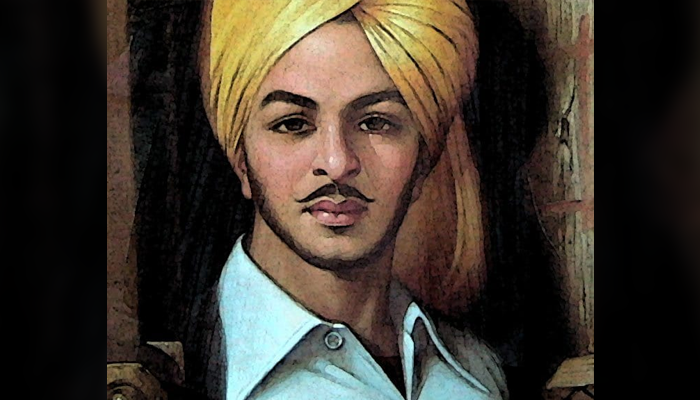
Credit: Sikh24
Experimenting with ideology
Although remembered for violent acts against the Raj, Bhagat Singh’s path to revolution was not straightforward. He initially pursued non-violent protests — petitions, rallies, and hunger strikes.
Later, he shifted towards anarchist and socialist ideas, convinced that independence alone was not enough without justice and equality. His vision was not just a free India, but a fairer one.
Fasting for dignity
One of Bhagat Singh’s most powerful acts of defiance was carried out within the prison walls. With his comrades, he staged hunger strikes to demand better treatment for political prisoners.
The sight of young men willing to risk death rather than surrender their dignity shocked both the colonial rulers and the Indian public.
Harmony beyond religion
Although born into a Sikh family, Bhagat Singh transcended sectarian boundaries. In prison, he observed a Navratri fast alongside Hindu inmates, a small but meaningful gesture that represented his belief in unity across different faiths.
For him, freedom meant liberation not only from colonial rule but also from the divisions within Indian society itself.
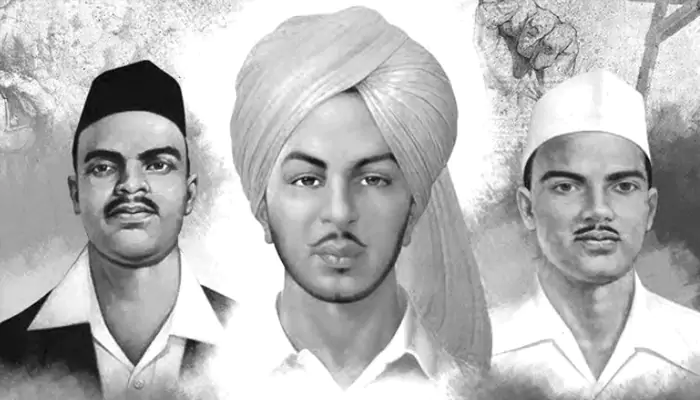
Credit: dynamitenews
The enduring legend
Bhagat Singh’s execution on 23 March 1931 — although some accounts state it happened a day later — was meant to silence him. Instead, it made him immortal.
His bravery became a rallying point, his writings a guide for idealism, and his name widely associated with sacrifice. To this day, “Shaheed-e-Azam” is remembered not just as a martyr of the nation but as a thinker whose dreams for justice remain unfulfilled.

